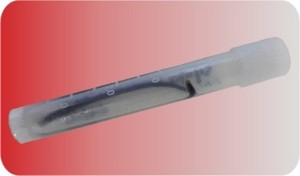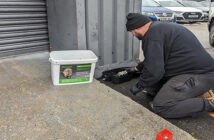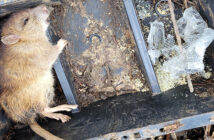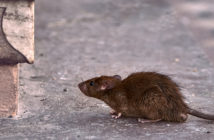Everyone remembers the farmer’s wife in the Three Blind Mice nursery rhyme and were not joking. We (well Reading University actually) really do need you to cut off the tails of mice (and rats) and its all in the aid of science.
Researchers at Reading University have been working hard since 2010 to establish how likely it is that you, as pest professionals, will encounter rodenticide resistant rats. But as Dr Colin Prescott and his PhD student David Rymer explained at the London Pest Liaison meeting just before Christmas, it’s not only rats that carry genes that make them resistant to commonly used rodenticides. Mice have also got into the act.
|
This is important work and we know Pest readers will want to help. Many of you already have. So what do the researchers need from you to progress their work? Contact Reading You will then be contacted by either Mhairi Stevens for mice and Emily Coan for rats and instructions and vials for the tail tips you collect will be sent to you. Vials contain 80% Industrial methylated spirits to stop microbiological degradation of the samples. |
David Rymer (left) and Dr Colin Prescott |
|
|
Where to collect tails How to collect tails |
Emily Coan (left) and Mhairi Stevens ready to |
|
|
He continues: “We cannot accept animals found dead in the open as they may not be fresh and could well have died from anticoagulant poisoning. If the tail is muddy or excessively dirty then, if possible, wash it with a little clean water to prevent contamination in the lab.” How to process tails Drop each tip into a separate vial, label it with the location it’s come from (GPS coordinates or post code and address) and then within 12 hours of collection, post it to the university (details of where to send will be sent to you with the vials). If this can’t be done within the 12 hour limit then freeze the vials before sending off. |
Vials for rodent tails wil be suplied free of
|
|
|
Send vials in a jiffy/padded bag by 1st class post or by courier. Try to send on a Monday, Tuesday or Wednesday to avoid the chance of the tail arriving at the weekend and spending a few days out of the freezer. Results and interpretation/advice will be sent to you as soon as possible. |
||






